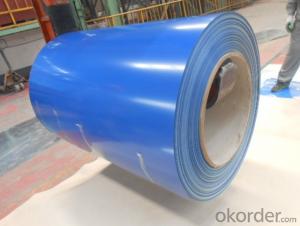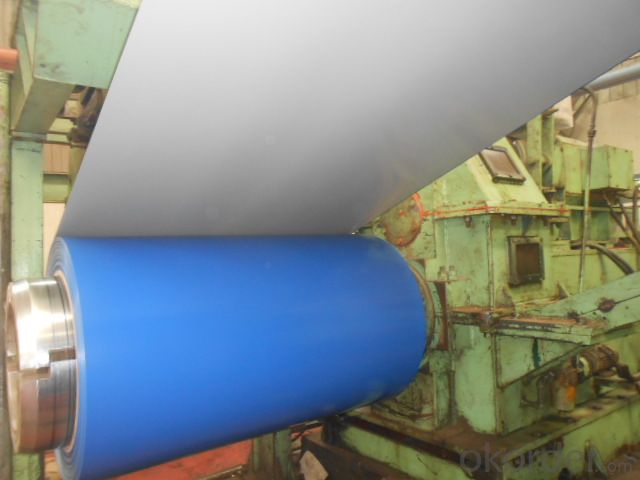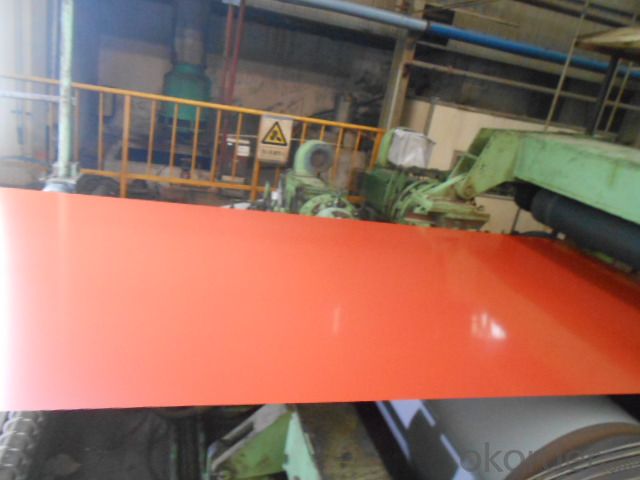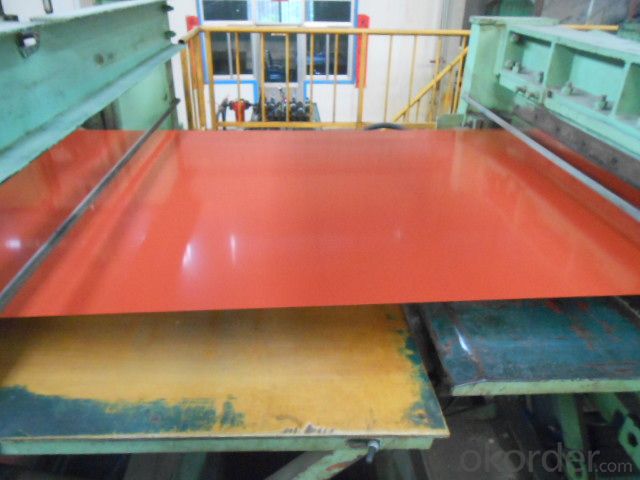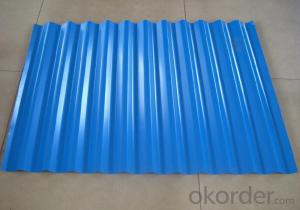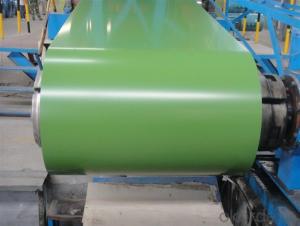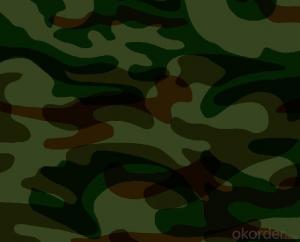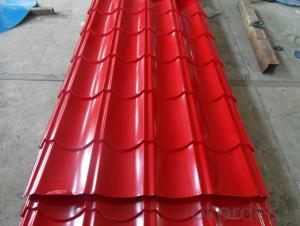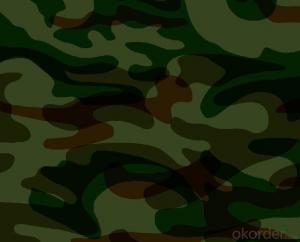Pre-Painted Galvanized/Aluzinc Steel Coil DX52D China
- Loading Port:
- China main port
- Payment Terms:
- TT OR LC
- Min Order Qty:
- 50 m.t.
- Supply Capability:
- 10000 m.t./month
OKorder Service Pledge
OKorder Financial Service
You Might Also Like
1. Pre-Painted Galvanized/Aluzinc Steel Coil DX52D China
With GI as base material, after pretreatment (degrease and chemical treatment ) and liquid dope with several layers of color, then after firing and cooling, finally the plate steel is called pre-painted galvanized (aluzinc) steel. Pre-painted galvanized steel is good capable of decoration, molding, corrosion resistance. It generally displays superior workability, durability and weather resistance.
2.Main Features of Pre-Painted Galvanized/Aluzinc Steel Coil DX52D :
• Excellent process capability
• Smooth and flat surface
• Workability, durability
• Excellent heat resistance performance
3.The Steel Coil Images:
: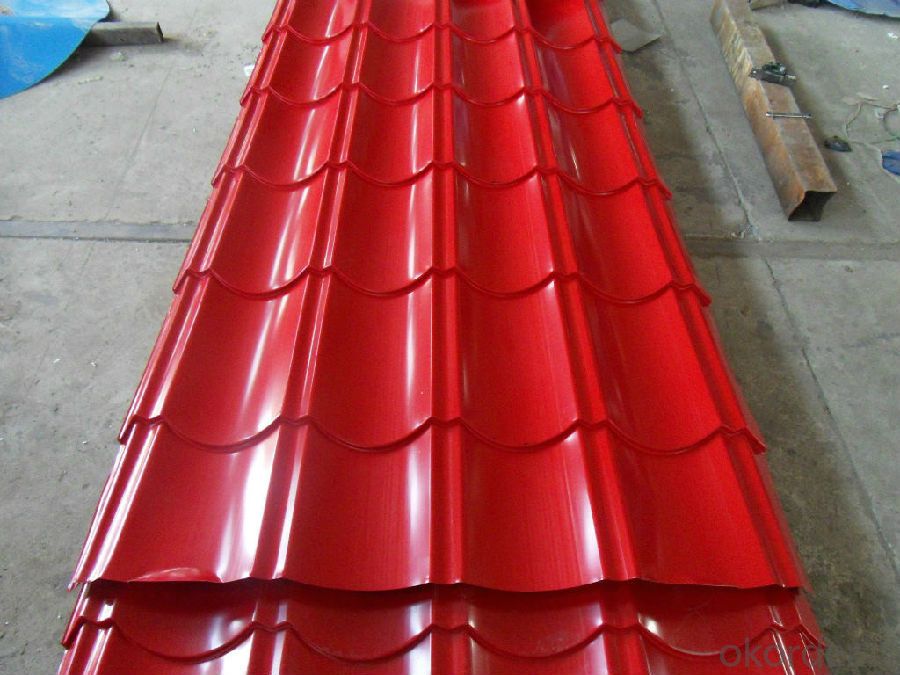
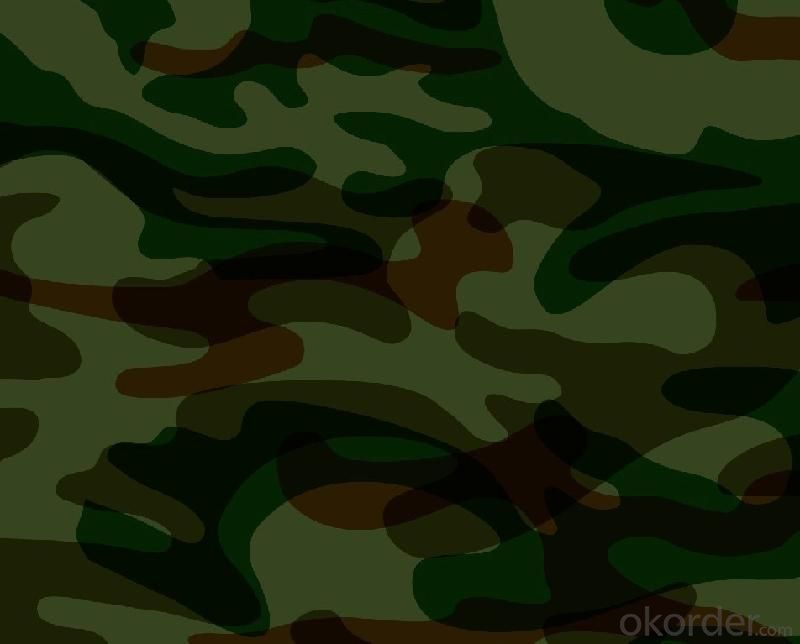
4.Pre-Painted Galvanized/Aluzinc Steel Coil Specification
Standard: AISI, ASTM, BS, DIN, GB, JIS
Grade: DX51D, DX52D
Thickness: 0.17-2.0mm
Brand Name: KMRLON
Model Number: coil
Type: Steel Coil
Technique: Cold Rolled
Surface Treatment: Coated
Application: Boiler Plate
Special Use: High-strength Steel Plate
Width: 20-1250mm
Length: customized
commoidty: pre-painted galvanized steel coil
Thickness: 0.13-4.0mm
width: 20-1250mm
zinc coating: 40-180g/m2
printing thickness: top side: 20+/-5 microns, back side: 5-7 microns
color: all RAL color
coil weight: 4-7 tons
coil ID: 508/610mm
5.FAQ of Pre-Painted Galvanized/Aluzinc Steel Coil
1. How to guarantee the quality of the products?
We have established the international advanced quality management system,every link from raw material to final product we have strict quality test;We resolutely put an end to unqualified products flowing into the market. At the same time, we will provide necessary follow-up service assurance.
2. How long can we receive the product after purchase?
Usually within thirty working days after receiving buyer’s advance payment or LC. We will arrange the factory manufacturing as soon as possible. The cargo readiness usually takes 15-25 days, but the shipment will depend on the vessel situation.
- Q: How are steel coils used in the production of agricultural structures?
- Steel coils are widely used in the production of agricultural structures due to their exceptional strength and durability. These coils, typically made of high-quality steel, are used in various applications throughout the agricultural industry. One of the primary uses of steel coils in agricultural structures is for the construction of buildings and storage facilities. Steel coils are used to create sturdy frameworks, supporting the walls and roof of these structures. The inherent strength of steel allows for the construction of large, open spaces without the need for excessive support columns, providing farmers with ample space to store their crops, machinery, and livestock. Additionally, steel coils are utilized in the manufacturing of agricultural equipment and machinery. Whether it is tractors, plows, harvesters, or irrigation systems, steel coils play a crucial role in the fabrication of these tools. The high tensile strength of steel ensures that these agricultural machines can withstand the demanding conditions of farming, such as heavy loads, rough terrains, and exposure to harsh weather elements. Furthermore, steel coils are also used in the production of fencing and enclosures for agricultural purposes. Whether it is to protect crops from animals or to create boundaries for livestock, steel coils are an essential component in constructing sturdy and reliable fences. The strength of steel ensures that these fences can withstand the pressure from animals, preventing them from breaking through and causing damage to the crops or escaping. In summary, steel coils are integral to the production of agricultural structures and equipment. Their strength, durability, and versatility make them an ideal material for constructing buildings, manufacturing machinery, and creating fences in the agricultural industry.
- Q: I live in the Black Hills and I need to re-side my cottage. I like the look of vinyl. I've heard pros and cons about both steel and vinyl. Is steel really that easy to dent? It just doesn't look as 'clean' as vinyl. Also what 3 color combos do you like? My cottage has shutters.
- Steel okorder and pick your colors from there. just choose a setting and clickdrag your colors
- Q: How many types of steel buildings are there?
- There are a number of designs which can be used to create different types of steel buildings as per the demands of the buyer or an investor. he various kinds of that can be constructed using steel are Homes, Hangars, Agriculture and Farm buildings for storage, Garages and Storage sheds, Open air sheds,, Barns, Arenas and stadiums, Automotive buildings with overhead doors and flexible framed openings, Religious buildings such as Churches and Temples, etc.
- Q: I'm buying a new set of steel plugs.I've heard things about streched ears and cold weather not being to good. do you think it would be bad to be wearing steal plugs?
- Personally, okorder They are spot on for sizing, they do customs, and amazing quality like i have never seen before and I have been through a lot of plugs. Hope this helps :)
- Q: How are steel coils used in the production of railway tracks?
- Steel coils are used in the production of railway tracks as they provide the raw material for manufacturing the rails. The steel coils are first processed and shaped into long, straight rails through various processes such as rolling and heat treatment. These rails are then laid and joined together to form the railway tracks, providing a sturdy and durable foundation for trains to run on.
- Q: How do steel coils contribute to the HVACR equipment industry?
- Steel coils are an essential component in the HVACR equipment industry as they are used in various applications such as heat exchangers, condenser coils, and evaporator coils. These coils provide a durable and efficient solution for transferring heat, ensuring optimal performance and energy efficiency of HVACR systems. Additionally, steel coils offer excellent corrosion resistance, allowing them to withstand harsh environmental conditions and extend the lifespan of the equipment. Overall, steel coils play a crucial role in enhancing the functionality and longevity of HVACR equipment.
- Q: Yes, I understand it can weaken steel greatly. But can it MELT steel? (key word: melt)
- The okorder /.. A flame from a wick burning kerosene demonstrates incomplete burning, hence sooty, yellow and a lower temperature flame like a candle. Kerosene in a cup or puddle only burns while it is hot enough to give off vapor. The vapor is all that is burning. It is not very hot, as it is not the right mixture with air. It may not even give off enough heat to keep the kerosene itself hot enough to keep burning. A kero blow torch flame might be typically 1100-1300°C but parts can reach 1760°C or more in some cases.
- Q: How do steel coils compare to other materials like aluminum or copper?
- Steel coils have several advantages and disadvantages when compared to other materials like aluminum or copper. One major advantage of steel coils is their strength and durability. Steel is known for its high tensile strength, which means it can withstand heavy loads and high stress without deformation. This makes steel coils ideal for applications that require strong and sturdy materials, such as construction, automotive manufacturing, and transportation industries. In comparison, aluminum and copper are generally softer and less strong than steel, making them less suitable for heavy-duty applications. Another advantage of steel coils is their cost-effectiveness. Steel is a relatively inexpensive material compared to aluminum or copper, making it a more affordable option for large-scale projects or mass production. Additionally, steel is highly recyclable, contributing to its cost-effectiveness and sustainability. However, steel coils also have some drawbacks compared to aluminum or copper. One notable disadvantage is their weight. Steel is significantly denser than aluminum or copper, which can make steel coils heavier and more challenging to handle and transport. This can be a drawback in industries where weight is a critical factor, such as aerospace or electrical applications. Another disadvantage of steel coils is their susceptibility to corrosion. While aluminum and copper are naturally corrosion-resistant, steel is prone to rust and oxidation. Therefore, steel coils need to be properly protected and coated to prevent corrosion, which adds to the overall cost and maintenance requirements. In summary, steel coils offer superior strength, durability, and cost-effectiveness compared to aluminum or copper. However, they are generally heavier and more prone to corrosion. Ultimately, the choice between steel, aluminum, or copper will depend on the specific application, budget, and requirements of the project.
- Q: What are the different methods of cutting steel coils into sheets?
- There are several methods of cutting steel coils into sheets, including shearing, slitting, and laser cutting. Shearing involves a straight blade that cuts through the coil to create individual sheets. Slitting uses circular knives to cut the coil into narrower strips, which are then further processed into sheets. Laser cutting uses a high-powered laser beam to precisely cut the coil into sheets, providing more flexibility in terms of shapes and sizes.
- Q: How are steel coils inspected for width variations?
- Steel coils are inspected for width variations using specialized equipment such as laser or optical sensors that measure the width of the coils at regular intervals. These sensors provide accurate and precise measurements, allowing inspectors to identify any variations in width across the length of the coil.
Send your message to us
Pre-Painted Galvanized/Aluzinc Steel Coil DX52D China
- Loading Port:
- China main port
- Payment Terms:
- TT OR LC
- Min Order Qty:
- 50 m.t.
- Supply Capability:
- 10000 m.t./month
OKorder Service Pledge
OKorder Financial Service
Similar products
Hot products
Hot Searches
Related keywords
